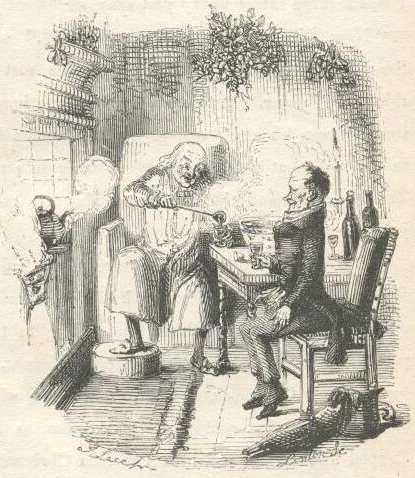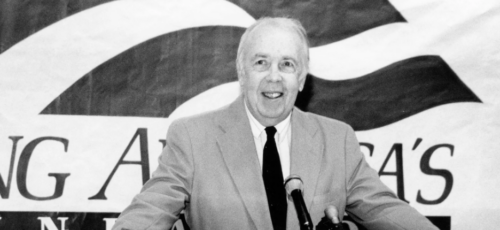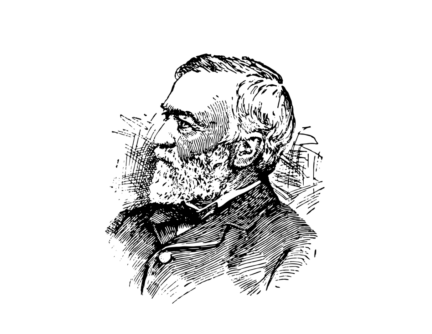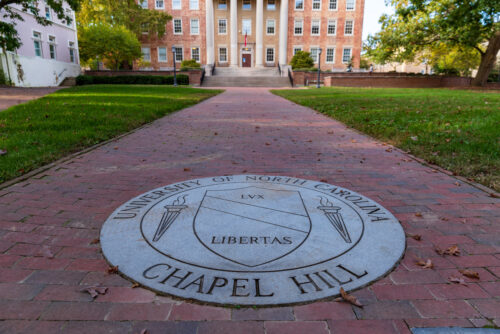Well, it’s the holidays, so it’s time to think about Charles Dickens’s A Christmas Carol. I saw and heard three versions of A Christmas Carol this year. On Christmas Eve, I heard the “Campbell Playhouse” radio version from 1938, featuring Orson Welles in his brilliant youth and his magnificent voice. The day after Christmas, I went to Metro Stage in Alexandria, Virginia to see “A Broadway Christmas Carol,” which combined a reasonably accurate version of Dickens’s story with show tunes, combining melodies we all know with verses that ranged from silly to very funny.
But the high point, courtesy of my friend Mike Glyer, was “Carol for Another Christmas,” a 1964 television production directed by Joseph Mankiewicz and written by Rod Serling. Sterling Hayden stars as “Arthur Grudge,” whose name tells it all. In the first scene, Grudge tells his liberal nephew, played by Ben Gazzara, that he won’t give money to Gazzara’s college for an exchange with a professor from Poland because he didn’t want to support Communism. Then the ghost of Christmas past takes Grudge to the trenches of World War I and the desolation of Hiroshima, where Grudge was an officer surveying the ruins caused by atomic attack. The ghost of Christmas present invites Grudge to a gluttonous feast—in front of the starving masses of the Third World (whose only joy in life are singing melodious folk tunes). As for Christmas Future—let’s just say the world depicted there is even worse!
“Carol for Another Christmas” had a very good performance by Hayden and an excellent one by Peter Sellers. Serling’s writing was quite good and an example of goo goo liberalism at its gooiest and most glutinous.[1] After watching “Carol for Another Christmas,” you wanted to find an issue of The Reporter and wallow in it.
We all know the point of A Christmas Carol—miserly Scrooge becomes more admirable when he becomes more generous. But what if Scrooge wasn’t a bad guy? That’s the argument made by economics explainer Tim Harford in a recent Financial Times column.
By spending as little as possible, says Harford, Scrooge “was a model of inadvertent benevolence…Regardless of Scrooge’s motives, because he spent less, everyone else enjoyed more, as surely as if Scrooge had divided his fortune and sent a few coins to everyone in the country.”
Moreover if Scrooge, rather than cackling about how little money he was spending, explained that he was minimizing consumption to maximize his IRA contributions, people would think he was admirable and not a skinflint. Pete Peterson would give him an award.
Moreover, when Scrooge did decide to give, he chose to give wisely. We know—particularly in the Christmas season--that it’s easy to give badly. In a classic article that appeared in the American Economic Review in 1993, Joel Waldvogel, then an economist at Yale, calculated that “between 10 percent and a third of the value of gifts” presented at Christmas were unwanted, resulting in waste of $4 billion in 1993 dollars.
Moreover, when Scrooge decided to give, it was his decision. I don’t know—and I don’t think anyone really knows—how to convince people to give. My guess is that the decision varies with every philanthropist. But the point of Dickens’s story was that when Scrooge made up his mind to do the right thing, he decided to give wisely.
What did Scrooge do when he gave?
He gave the Cratchits a large goose, which he knew from the Ghost of Christmas Present the Cratchits really wanted.
He spent a lot of time playing with his family.
He gave Bob Cratchit a pay raise.
We can use these principles in our giving. Far too often we give the poor things we think they need, or that we think the poor should want, instead of asking them what they want to advance in life. We neglect the importance of volunteering as part of our giving. We should figure out ways for the poor to earn more.
The lesson A Christmas Carol should teach us is not the simplistic view that generosity is better than miserliness, but that wise giving—the ways that Scrooge gives—is better than giving badly.
[1] “Carol for Another Christmas” was funded by a mysterious organization called the Telsun Foundation, which was not really a foundation. An informative article by Mitchell Hadley on the website TV Party explains that “Telsun” stood for “Television Series for the United Nations,” and the organization was funded by a $4 million grant from Xerox in 1964 as part of its corporate social responsibility budget. The money was used to make six TV movies, all of which aired on ABC, the lowest-rated network at the time. Even in 1964, reviewers complained about “Carol for Another Christmas’s” “earnest preachiness.”







Serling’s writing and the actors performances in this “Carol” were brilliant!
Personally- looking at the time period in context to when A Christmas Carol was penned, I don’t think you can fault it too much. I think it was a superb and influential book, that helped define poor laws going forward. It brought to light many things that the upper classes simply didn’t want to see: mainly the humanity of those lower, and the brutality of those higher; in class that is. It’s both a timeless classic with its basics about human interaction, empathy, and resolution- as well as a monicker for generations to come, about what, essentially, is very decent.